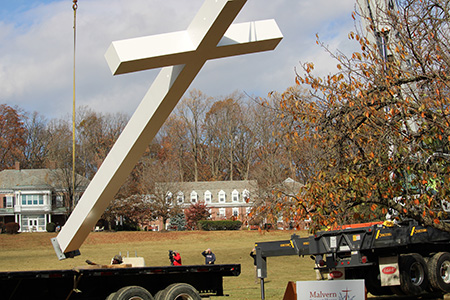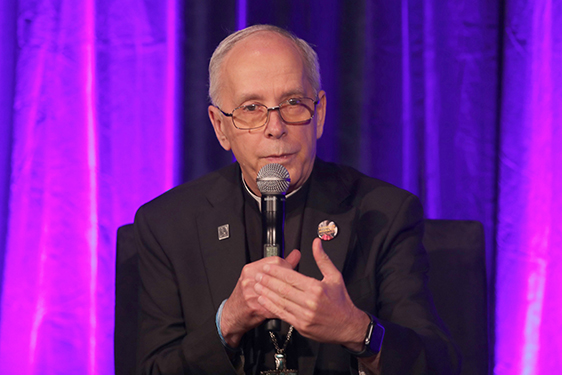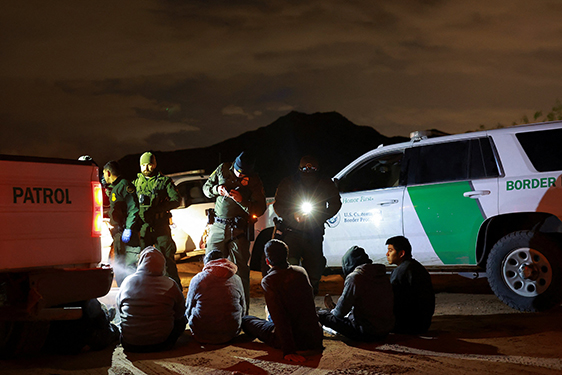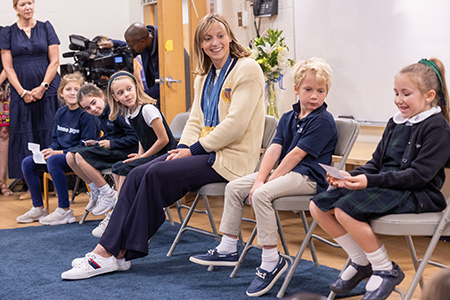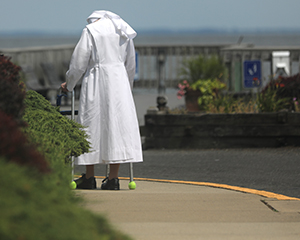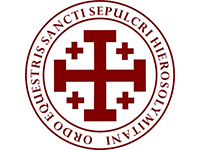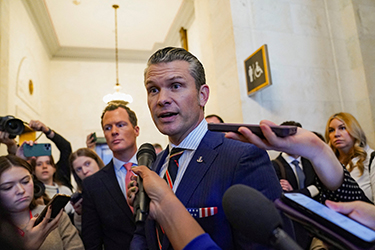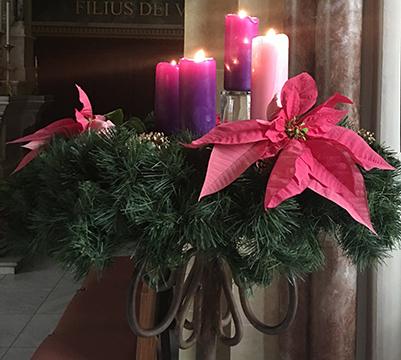By Gina Christian
(OSV News) – Despite a few high-profile delays in recent years, the beatification of Venerable Fulton J. Sheen – the popular, scholarly archbishop and 20th-century pioneer of Catholic broadcasting – is “inevitable,” said the head of the foundation supporting his cause.
“The desire to see Sheen beatified is increasing, and there is a growing devotion to him,” Msgr. Jason Gray, executive director of the Archbishop Fulton John Sheen Foundation, told OSV News.
In an article for the foundation’s 2024 year-end newsletter, Msgr. Gray – who also serves as the judicial vicar and episcopal vicar for consecrated life for the Diocese of Peoria, Illinois, as well as pastor of St. Thomas the Apostle Parish in Peoria Heights – pointed to several indicators of Archbishop Sheen’s expanding reputation for holiness, or “fama sanctitatis” in canonical terms.
“He didn’t just know about Jesus Christ,” Msgr. Gray told OSV News. “He knew Jesus Christ personally.”
That relationship enabled Archbishop Sheen to put his considerable intellect and communications skills at the service of the Catholic Church, with international impact, said Msgr. Gray.
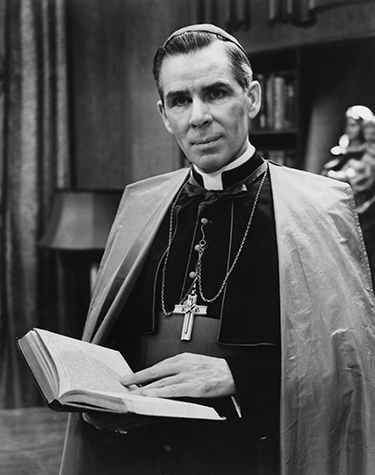
Born in 1895, Fulton John Sheen sensed an early call to priesthood, and was ordained a priest of the Diocese of Peoria in 1919. He then obtained a doctorate in philosophy and taught both that subject and theology at The Catholic University of America in Washington from 1927 to 1950.
But rather than confine himself to academia, then-Father Sheen also leveraged modern social communications platforms to spread the Gospel. He launched a weekly radio show while still a fairly young priest, drawing some 4 million regular listeners during a two-decade run. After being appointed as an auxiliary bishop of the Archdiocese of New York, he transformed the show into a television program, “Life is Worth Living,” which peaked at 30 million weekly viewers.
His ministry continued to expand, with then-Bishop Sheen serving as national director of the Society for the Propagation of the Faith from 1950-1966. He was then appointed bishop of Rochester, New York, in 1966, where he launched a second television show. He resigned three years later as his 75th birthday approached; canon law requires bishops to submit their resignation to the pope at 75. He was appointed a titular archbishop by Pope St. Paul VI, which afforded him time to continue preaching. Archbishop Sheen, who had suffered from heart disease in later years, died in 1979 before the Blessed Sacrament in the chapel of his Manhattan residence.
His cause for canonization, opened in 2002, has been stalled by two controversies – a public battle to relocate his remains from St. Patrick’s Cathedral in New York to its current location, the side chapel of the Cathedral of St. Mary of the Immaculate Conception in Peoria; and concerns that as bishop of Rochester from 1966-1969, the prelate might have overlooked sexual abuse by at least one former diocesan priest there.
The latter concern was magnified after the state of New York adopted lookback laws that allowed hundreds of abuse claims to be considered, with the Diocese of Rochester ultimately filing for bankruptcy.
However, Msgr. Gray told OSV News, “Sheen is clean. … Not one accusation has been raised that impugned Sheen.”
He said the foundation has examined “all of the pleadings” relevant to claims against the Rochester Diocese, and “there hasn’t been anything that was brought up there” implicating Archbishop Sheen.
The monsignor said the only thing remaining is a “dormant” investigation by New York State Attorney General Letitia Jones, who opened several such inquiries into other dioceses that have now been settled.
Msgr. Gray told OSV News there are “three reasons” for renewed interest in Archbishop Sheen’s canonization, which has been evidenced by a surge in visits to his tomb, requests for both relics and for his more than 50 books, and reports of favors and graces received through Archbishop Sheen’s intercession.
“The first is maybe the most obvious, and it’s just that he was someone who used the modern means of communication,” said Msgr. Gray, adding “if he (Archbishop Sheen) were around today, (imagine) what he’d be doing with the internet.”
Even more important, Archbishop Sheen “was very devoted to the Eucharist,” and serves as “a model for devotion to the Blessed Sacrament” – a role that has taken on deeper significance amid the National Eucharistic Revival, said Msgr. Gray.
And, he added, Archbishop Sheen was “someone who was just so insightful on so many issues,” including the most contentious ones “facing modern man today.
“He would talk about psychology, politics, sociology,” said Msgr. Gray. “And I think maybe more than ever, we need someone … (like) Sheen to speak with so much clarity, and so much passion and so much charity about the issues that are just roiling our societies today.”
Because of his personal relationship with Christ, Archbishop Sheen “could speak from a personal perspective, and with personal passion,” said the monsignor. “He wasn’t just quoting a book. … He brought his knowledge of the faith and his knowledge of Jesus Christ into the personal trials that we face in the world today.”
(Gina Christian is a multimedia reporter for OSV News. Follow her on X (formerly Twitter) @GinaJesseReina.)

